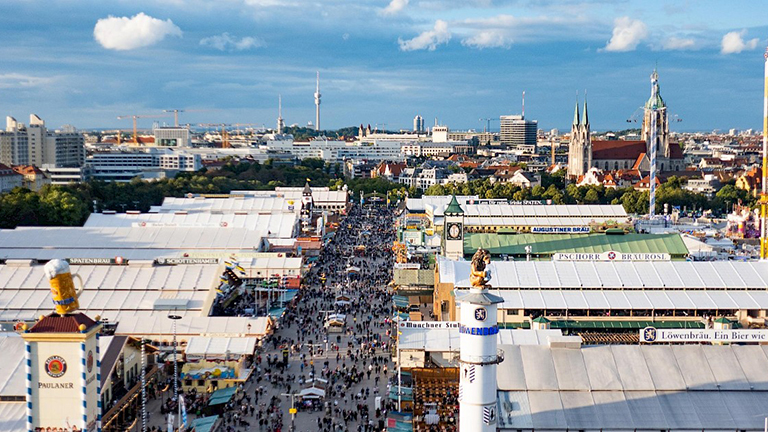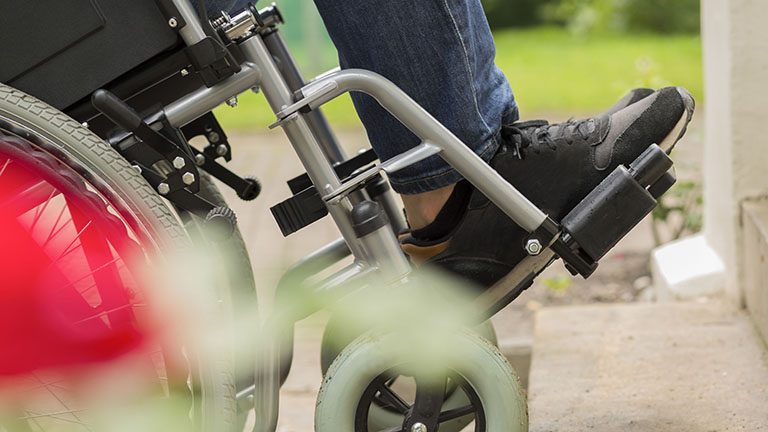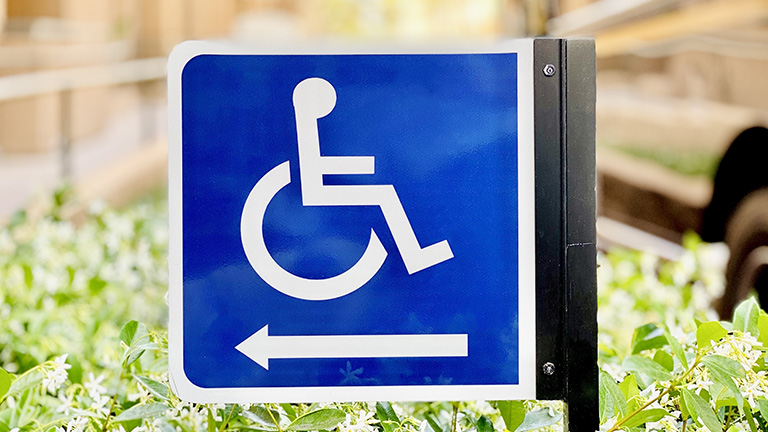Festivals, celebrations, and parades are more than simple parties; they often have significant historic and cultural roots, which maintain our connection to important triumphs and traditions. Incidentally, it is this connection that serves to grow a burgeoning global heritage. Thus, each festival brings together millions of people annually to celebrate an increasingly diverse and inclusive community, as a testament to the indomitable human spirit.
Steeped in history and focused on community, below is the 2nd of 5 of the world’s largest accessible celebrations (see the others here):
Oktoberfest: Munich, Germany
Evolving from the royal wedding reception of Munich’s Crown Prince Ludwig and Princess Therese of Saxony-Hildburghausen in 1810, Oktoberfest has grown to be an international event. The festival attracts more than 5 million people from around the world and takes place annually beginning the third week of September until October 3rd. The festival grounds, the “Theresienwiese,” encompass almost 77 acres. While it is possible to make table reservations at a beer tent, admittance to the grounds is free. The celebration offers 14 large tents and 21 smaller tents, in addition to amusement rides, agriculture shows, and, of course, beer.
Getting to Munich
- By Plane: Located 18 miles northeast of Munich’s city center, the Franz Josef Strauß International Airport in Munich is Germany’s second busiest airport. However, Munich’s airport prides itself upon being accessible. The airport offers many wheelchair-friendly restrooms as well as directories in braille, and tactile guidance systems to assist those with visual disabilities. The airport website is a terrific resource for travelers with disabilities, offering suggestions about measures to take prior to departure that will make the trip easier and more pleasant.
Getting Around in Munich
Public Transport
By Train
Munich offers two separate train systems each consisting of eight trains, the U-Bahn and the S-Bahn:
The U-Bahn is Munich’s underground subway system, which serves 100 stations throughout Munich. With concern to accessing the trains, the gap between the platform and the train throughout the U-Bahn system are negligible.
The S-Bahn is Munich’s regional train system, which serves 150 stations throughout Munich, as well as nearby locations. While the gaps present between train and platform in the S-Bahn system are larger, they are easily bridged with portable ramps that are available on the trains.
Both systems feature barrier-free platforms and accessible train designs.
For the purpose of getting to the Theresienwiese for Oktoberfest, the Oktoberfest website recommends taking one of several different train routes to the event grounds in order to best avoid the crowds at the Theresienwiese station, though a direct connection is also possible.
City Buses
The Munich bus system serves 968 stops and is accessible via manual ramps, automatic ramps, as well as wheelchair lifts. For those venturing out into the city or exploring any of Munich’s other attractions, the city bus is recommended as it provides a range of sites that are not viewable from the trains. In addition, it is recommended that a rider take lines 18 or 19 to the Holzapfelstraße or Hermann-Lingg-Straße. Alternatively, a rider may take lines 16 or 17 to Hackerbrücke, in order to avoid the crowds when traveling to the Oktoberfest celebration.
On Your Own
Sidewalks
Munich does a great job of maintaining its city infrastructure. The cobblestone sidewalks and roads present throughout Munich are well-maintained and present little in the way of obstacles for those using mobility aids or those with visual impairments who may walk with a cane. Curb cuts are present and intersection walk lights are supplemented with audio signaling.
*For additional accessible travel tips, John Morris’s website wheelchairtravel.org is a terrific resource for those traveling with disabilities.
Next stop, Access St. Patrick’s Day Parade: New York City, New York!
* Wheelchairlift.com would like to thank author John Morris and recognize his website wheelchairtravel.org for informing much of this post. John is a world traveler with an extensive knowledge of how to travel the accessible way. Follow John on Twitter. In addition, wheelchairlift.com would like to also recognize the City of Munich, Germany, the Munchner Verkehrsund Tarifverbund, as well as the Franz Josef Strauß International Airport websites.



